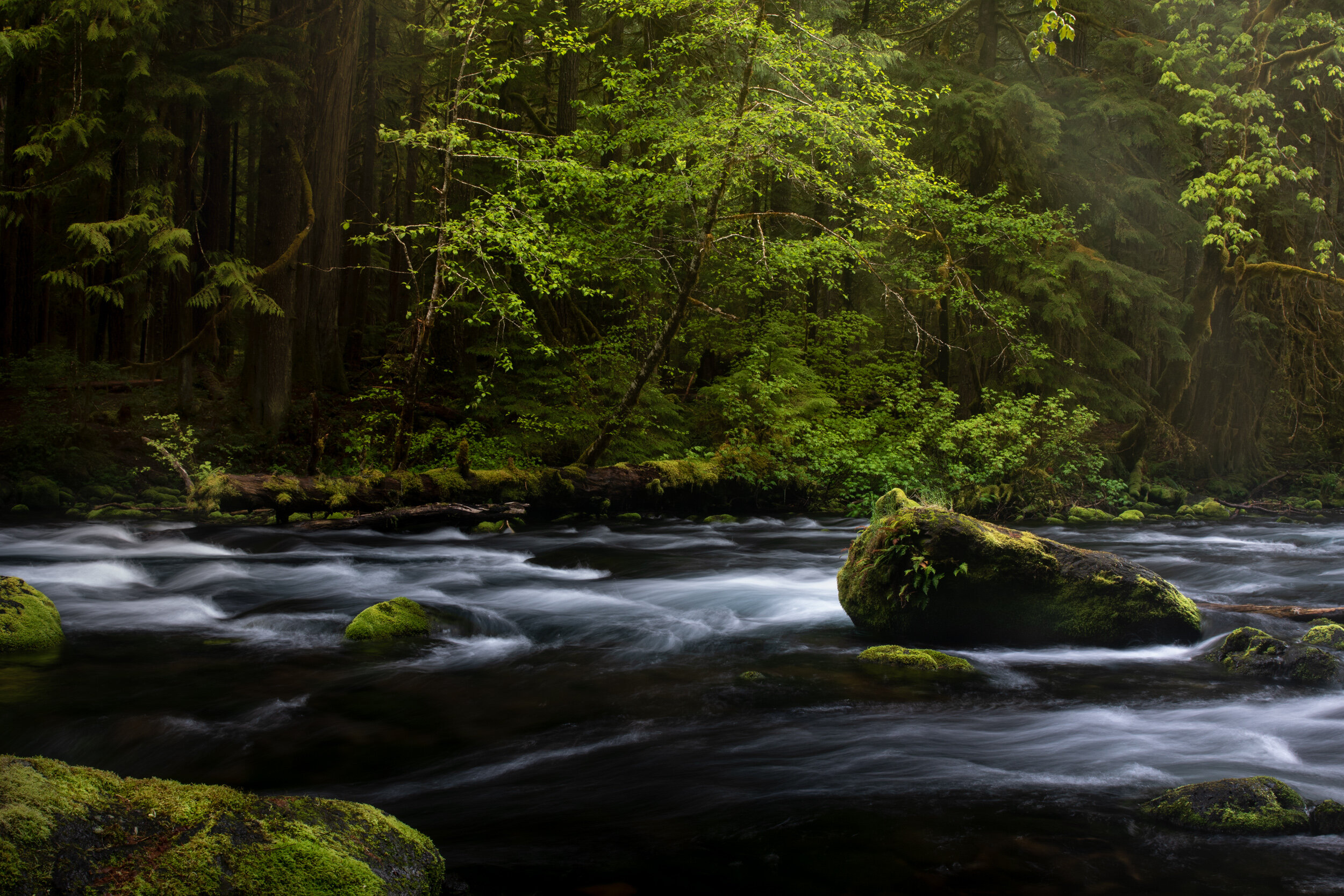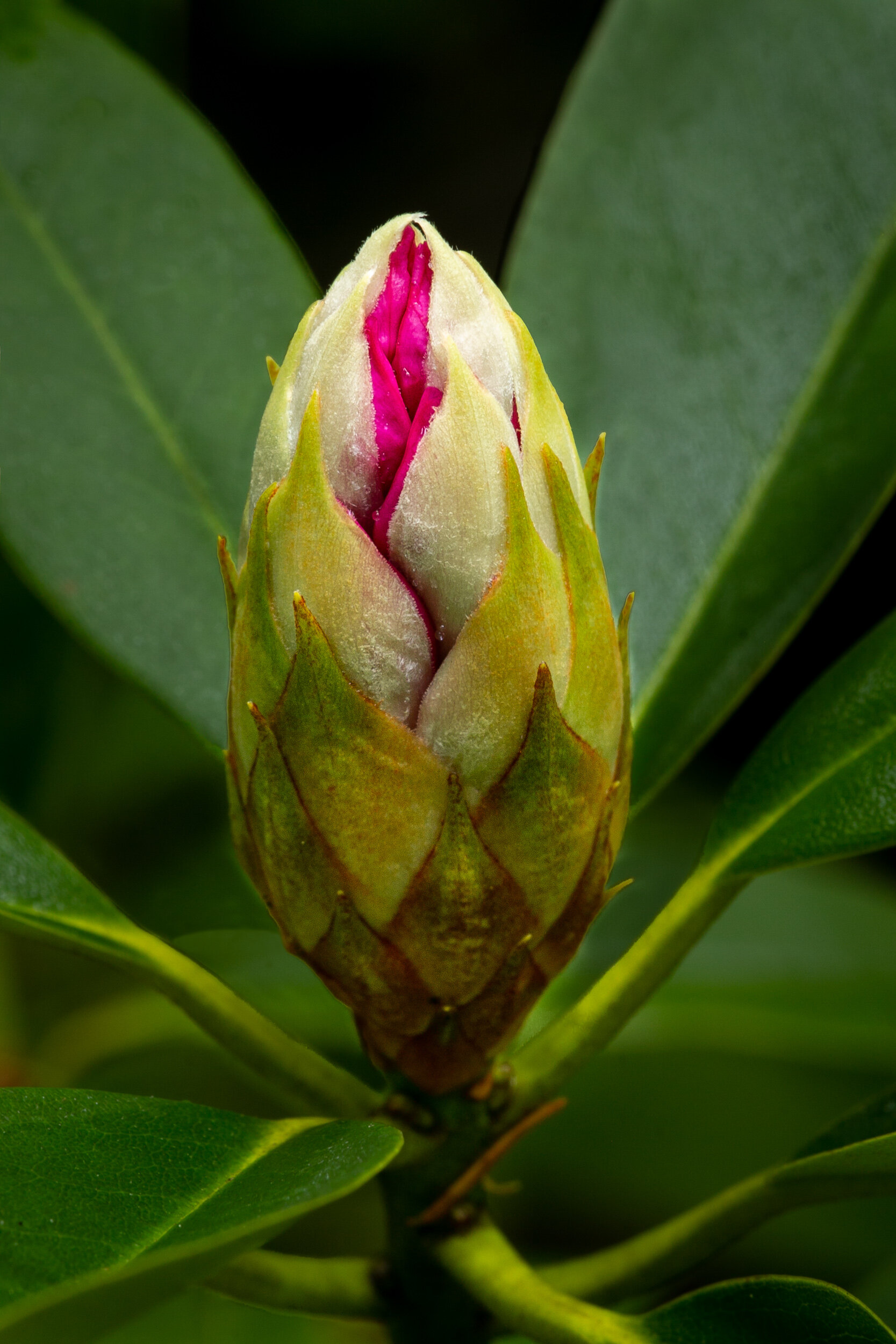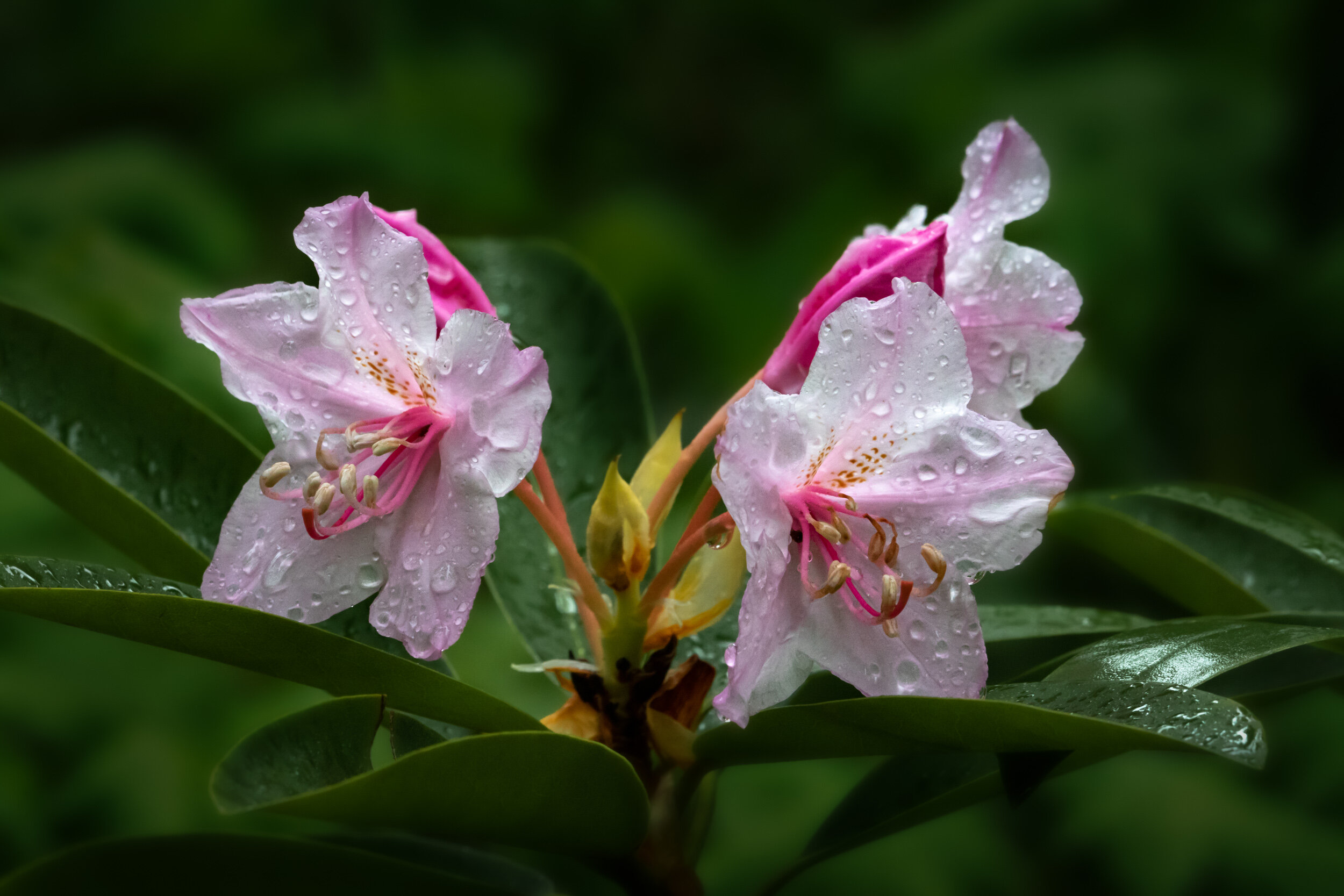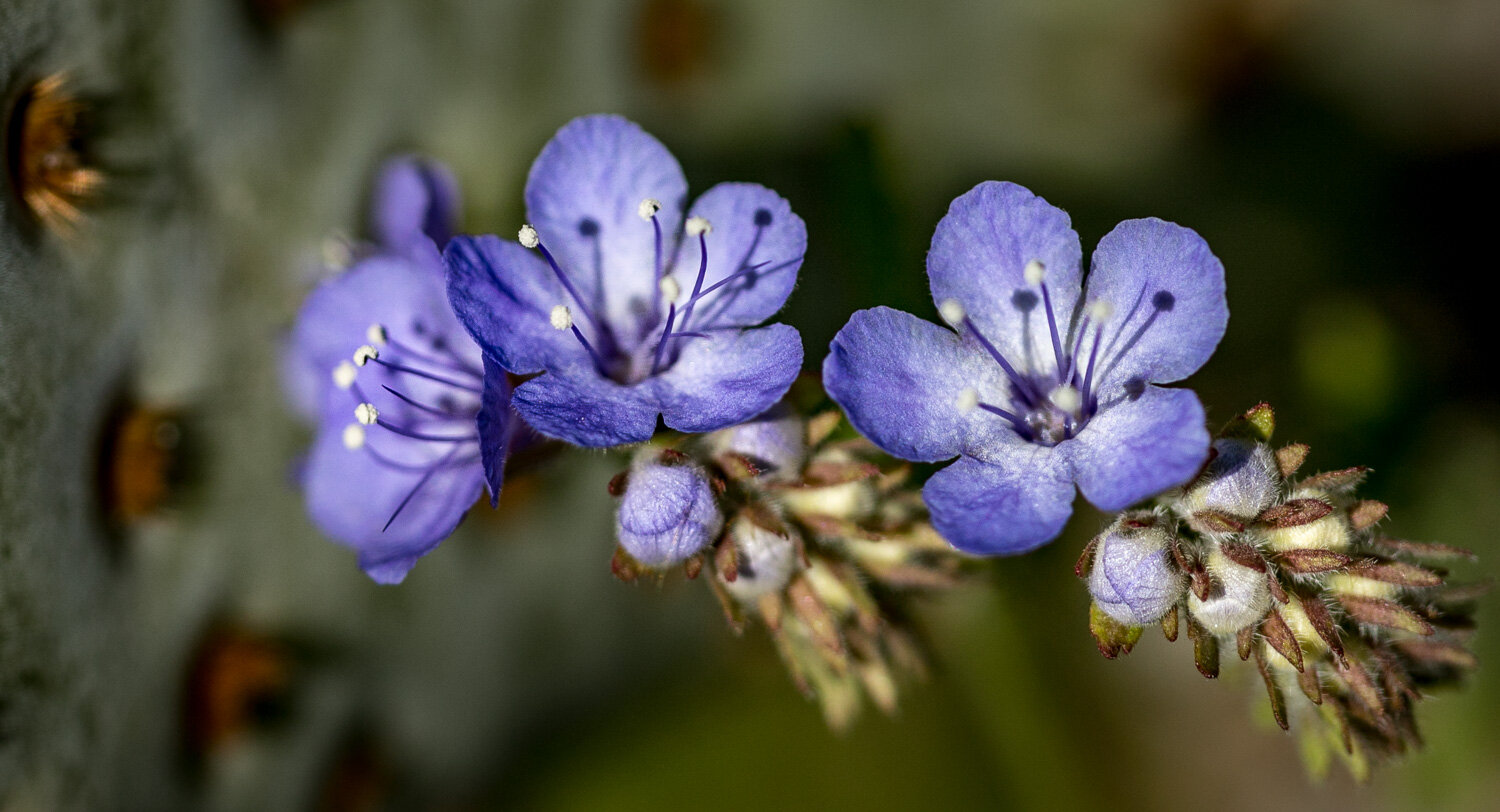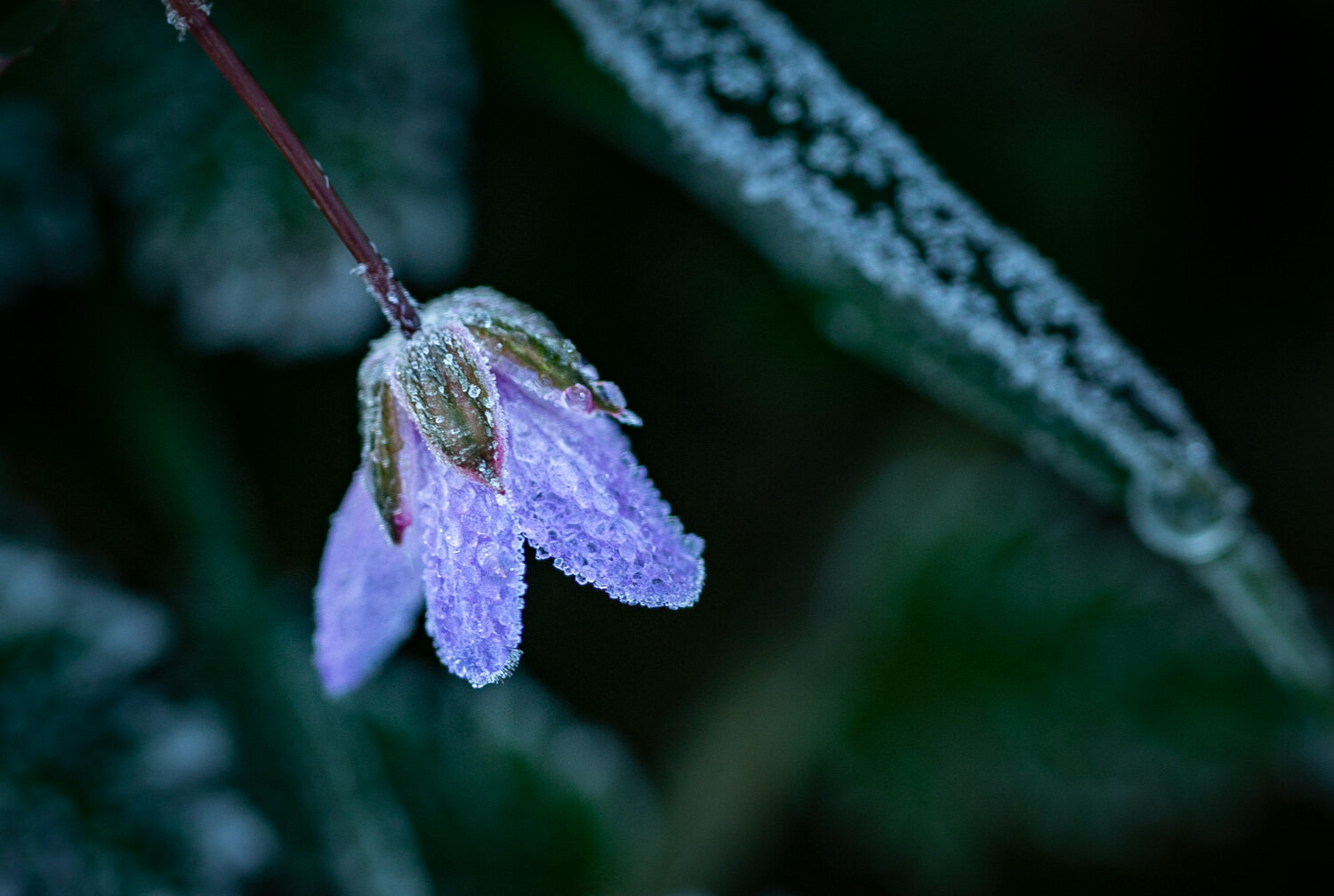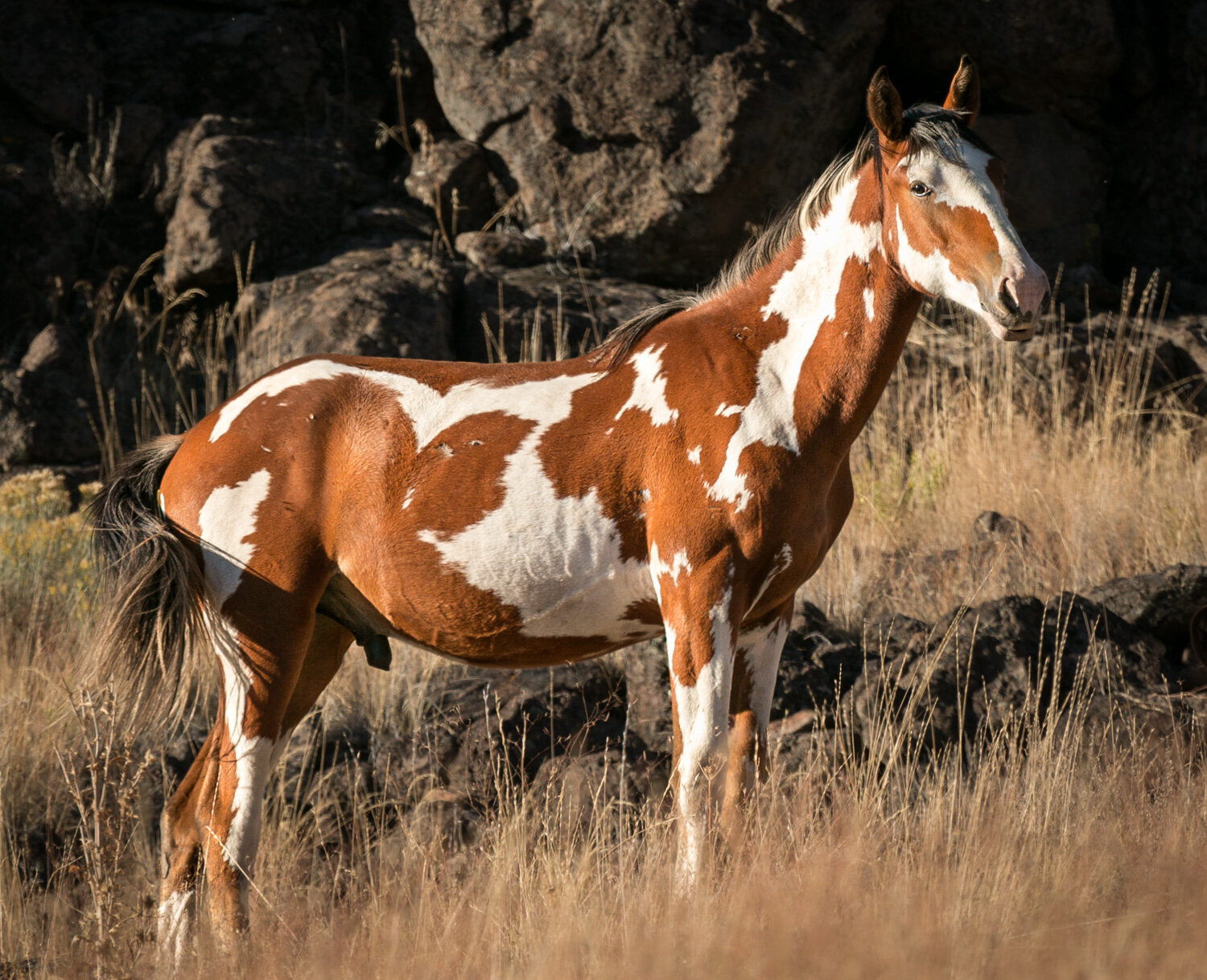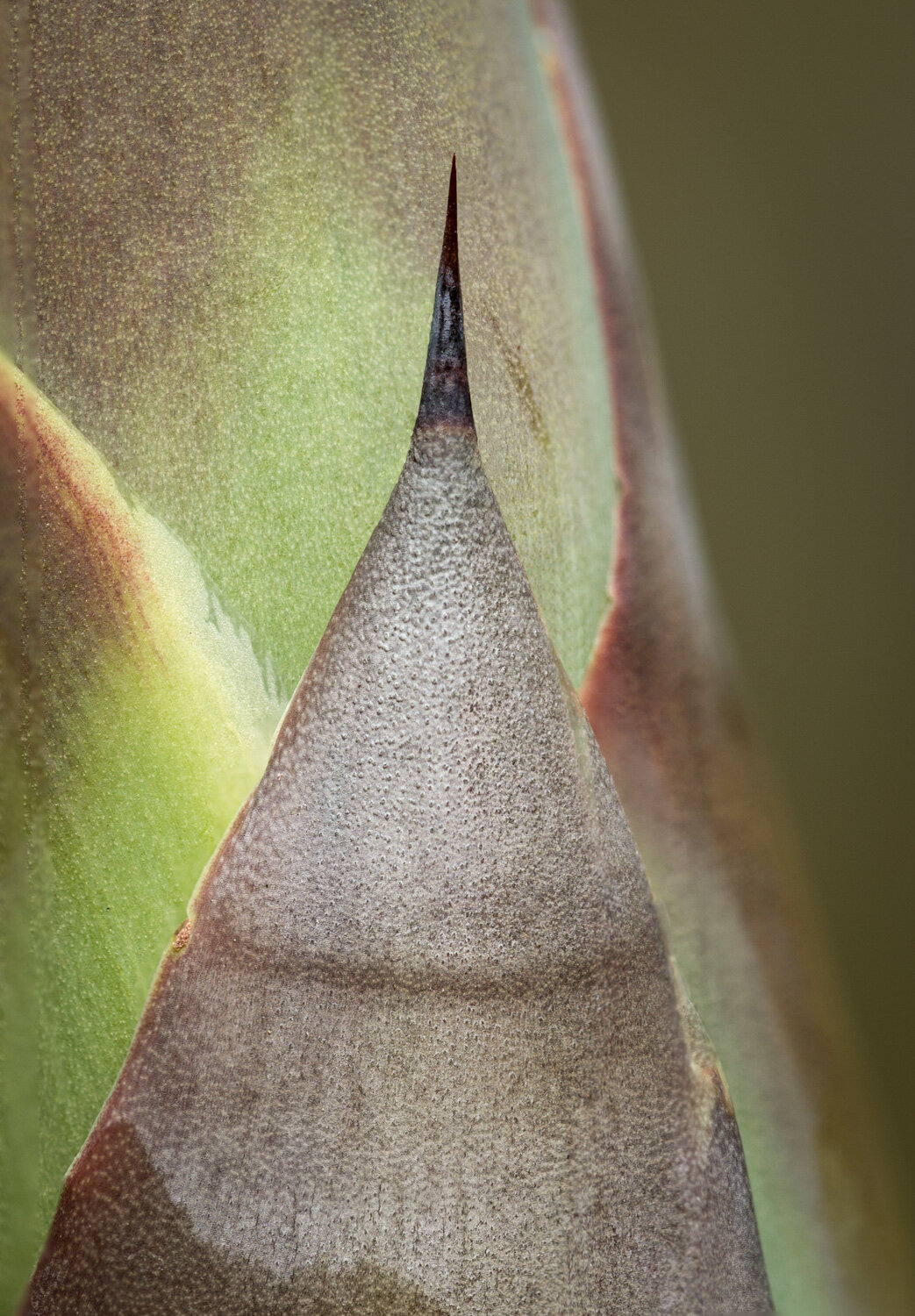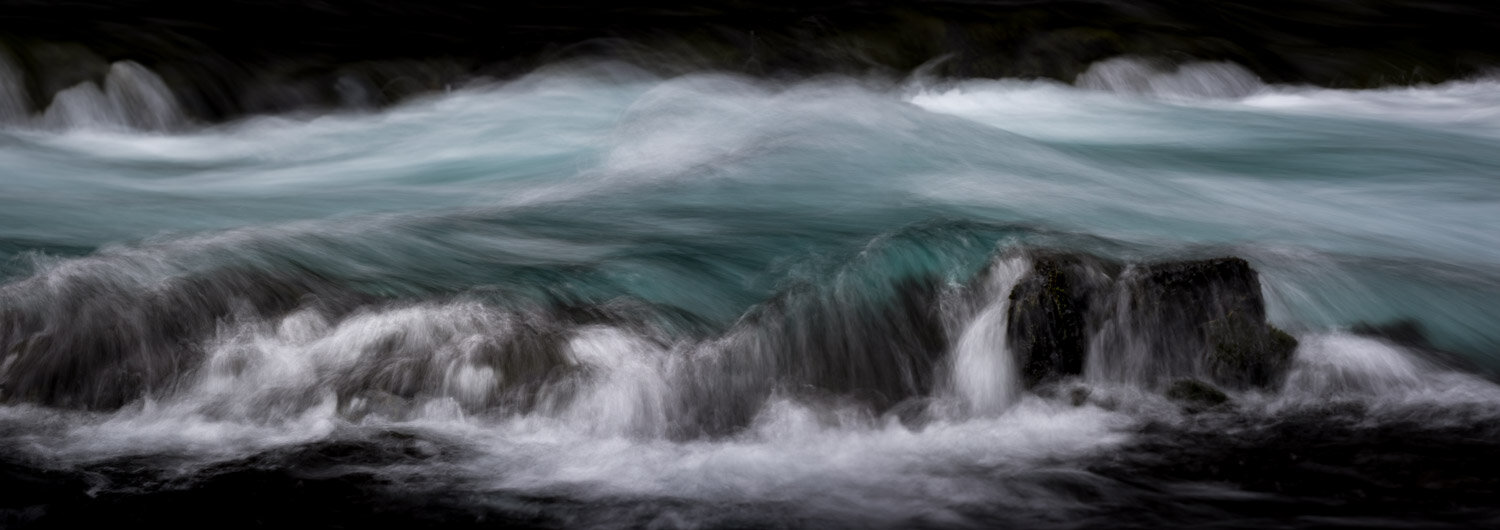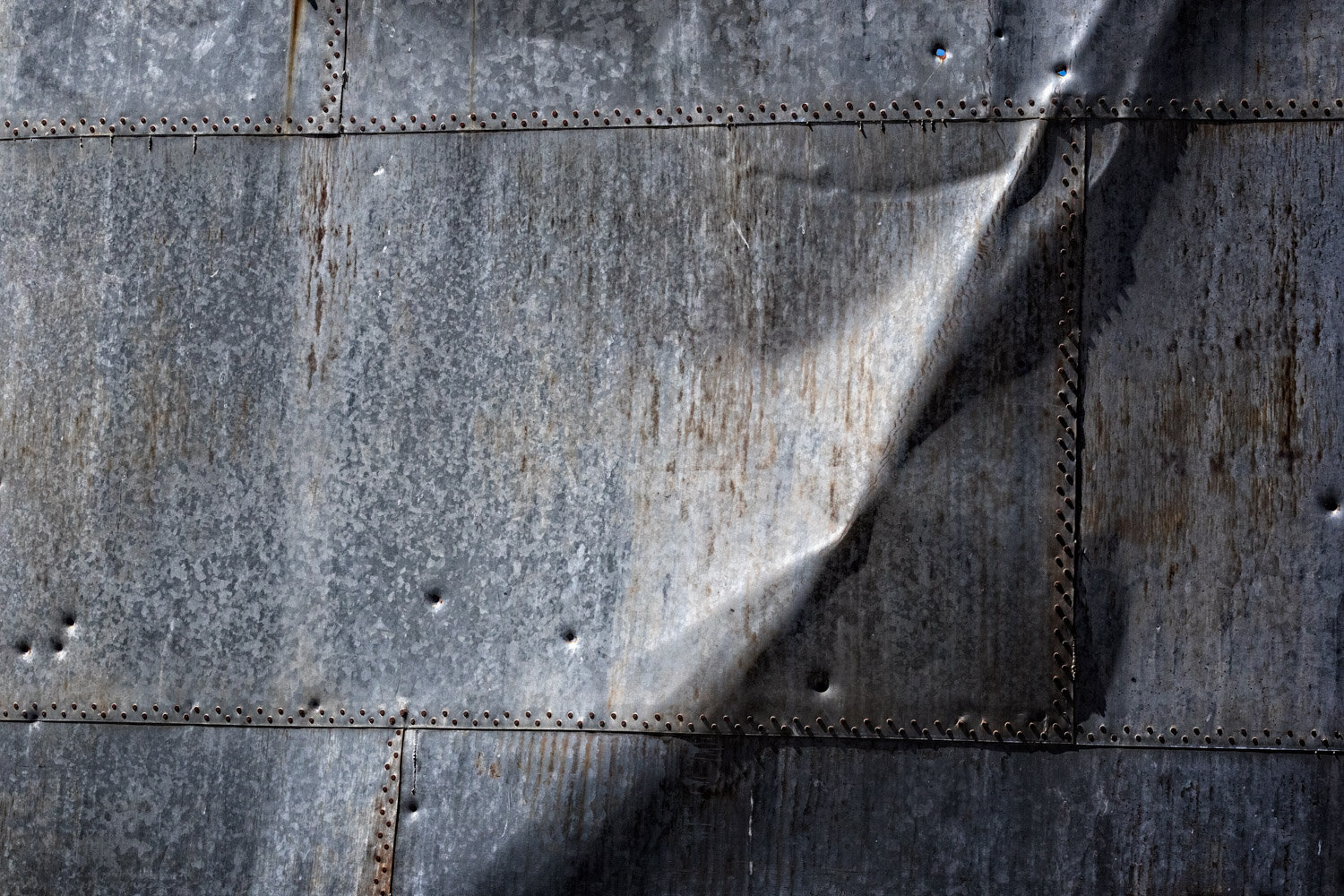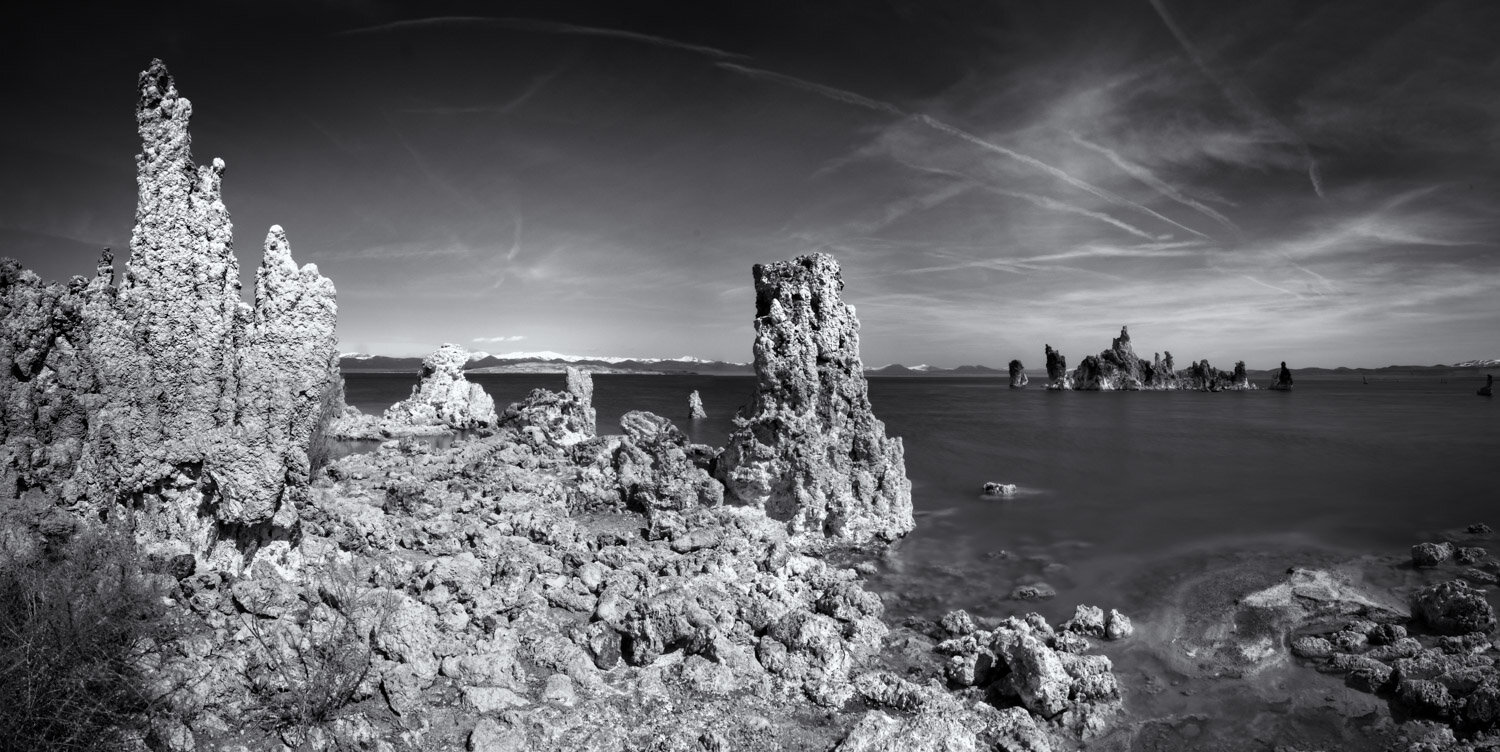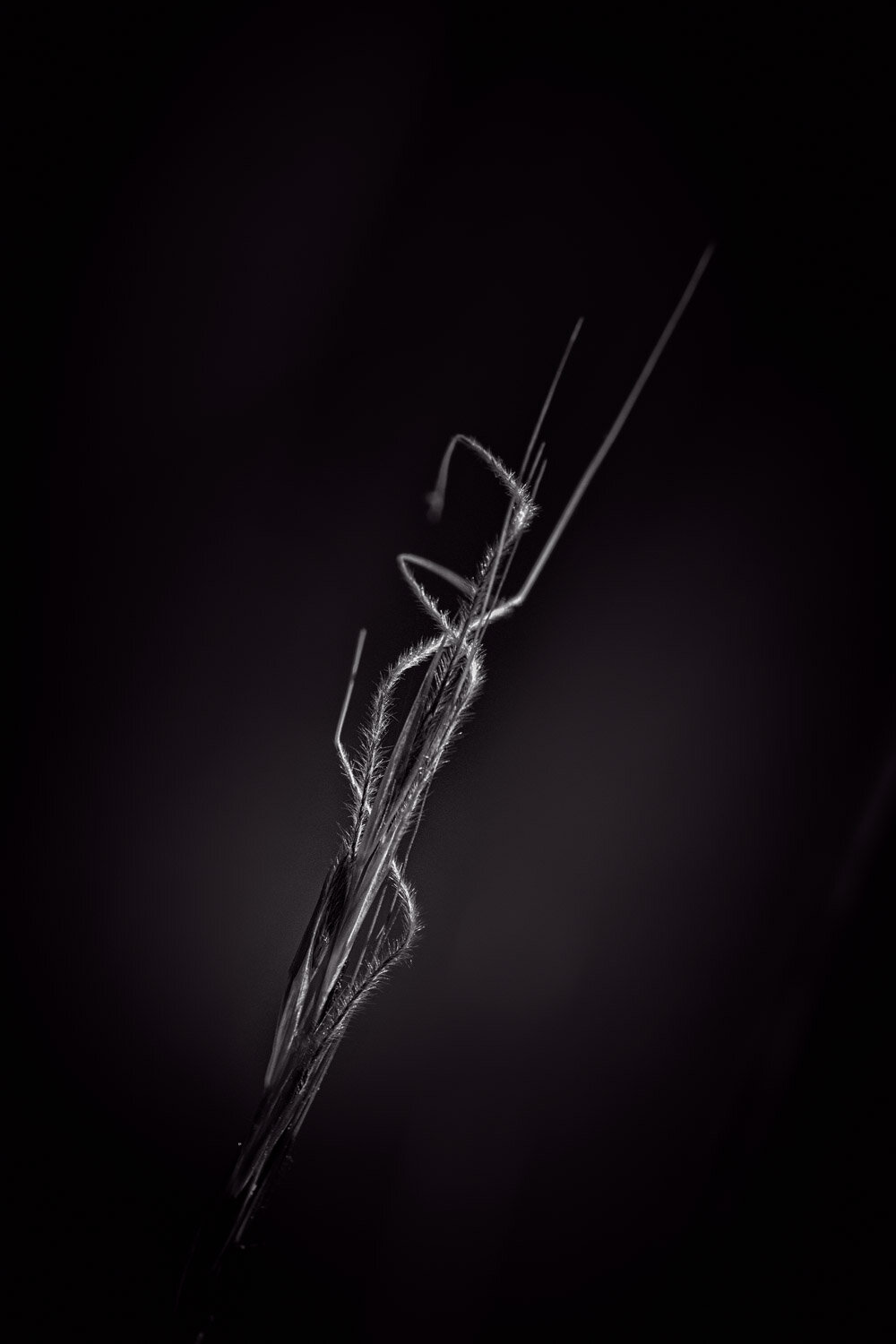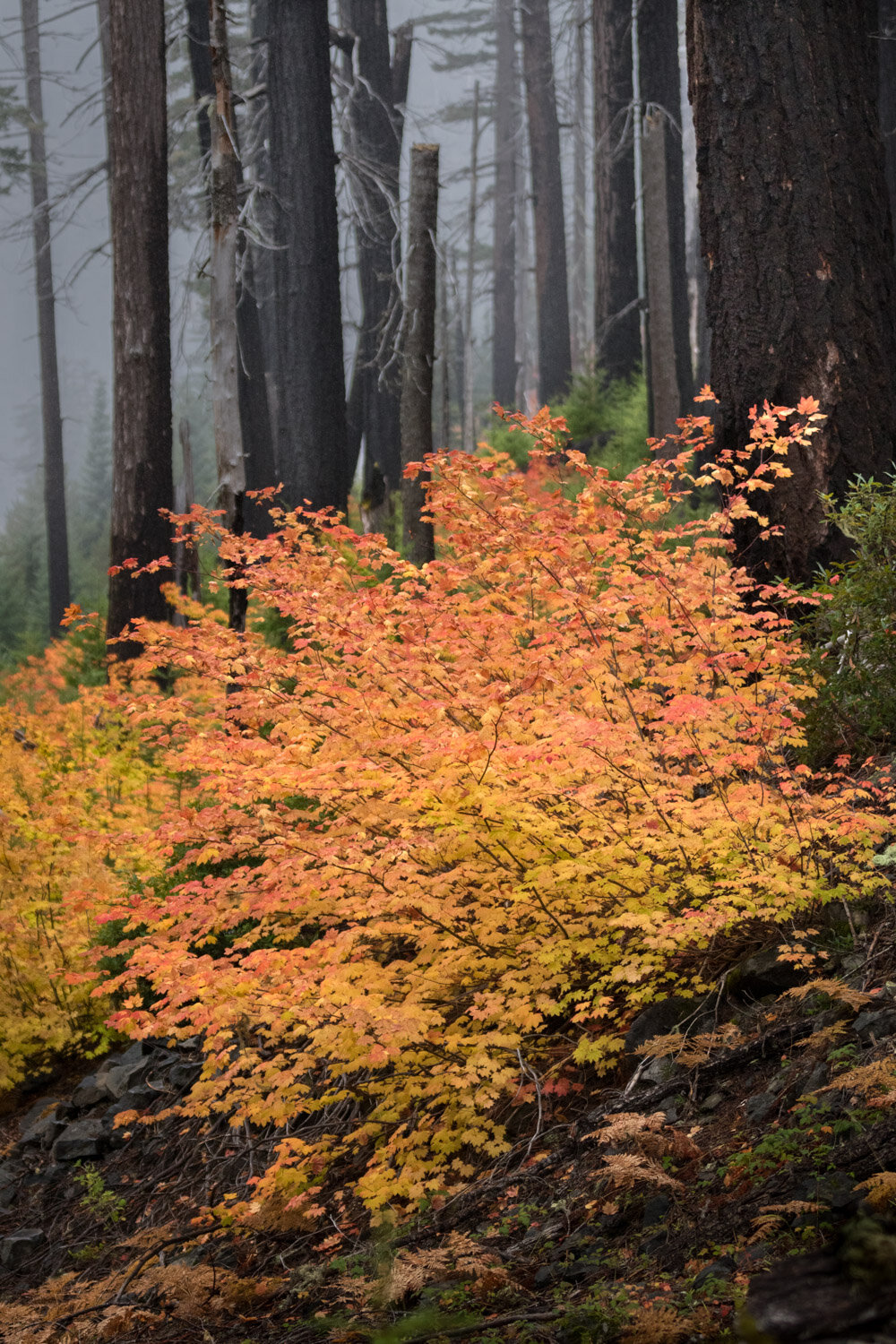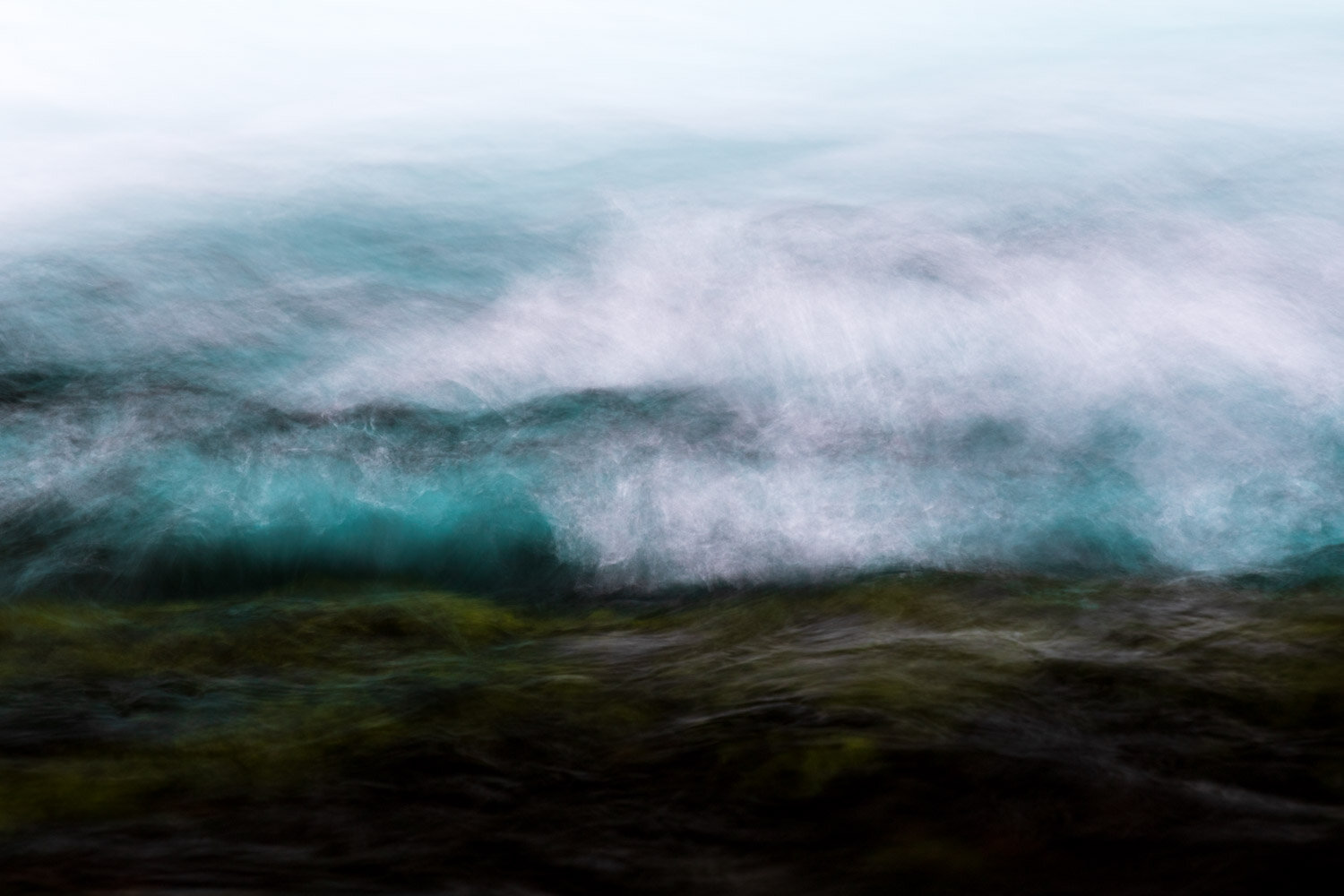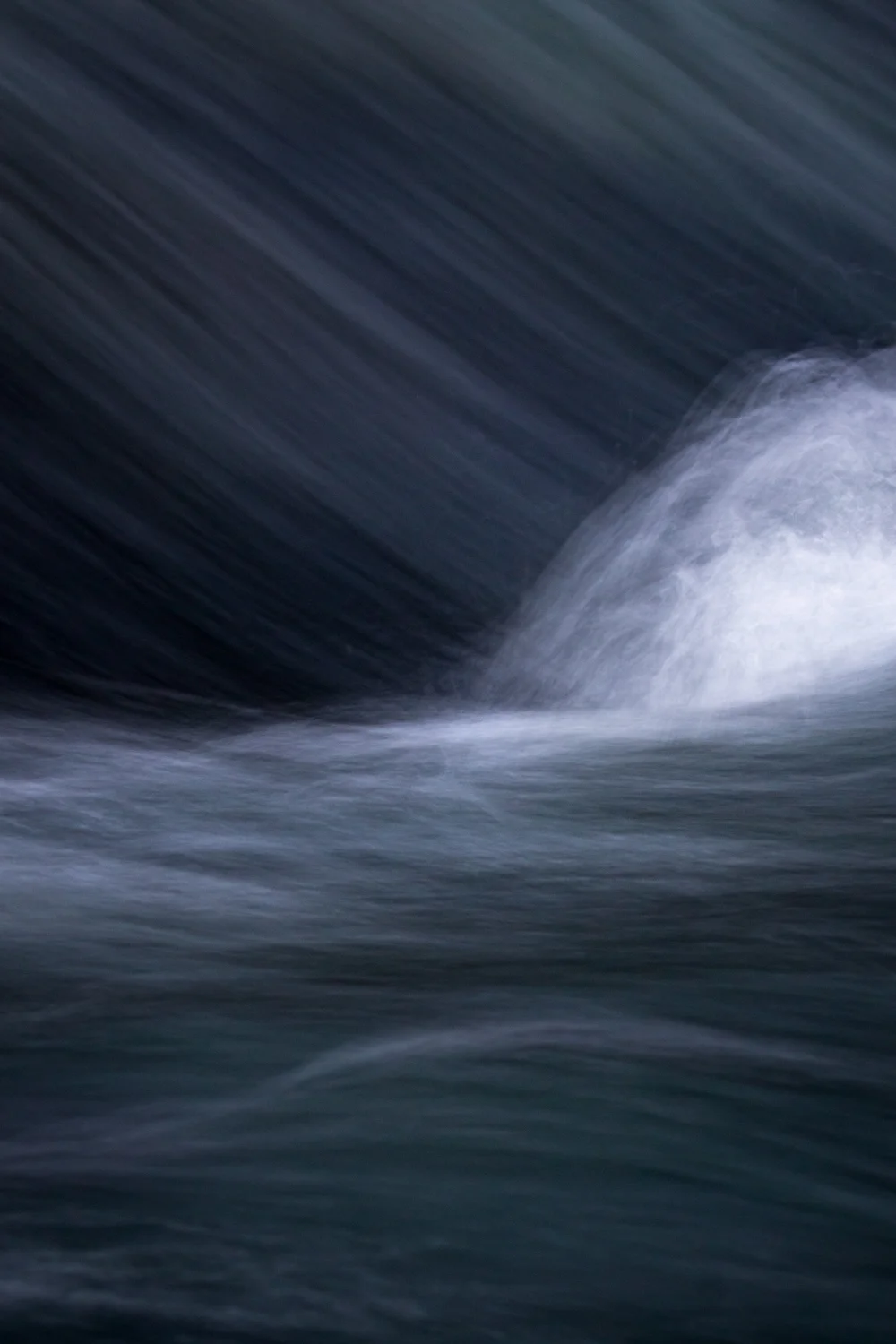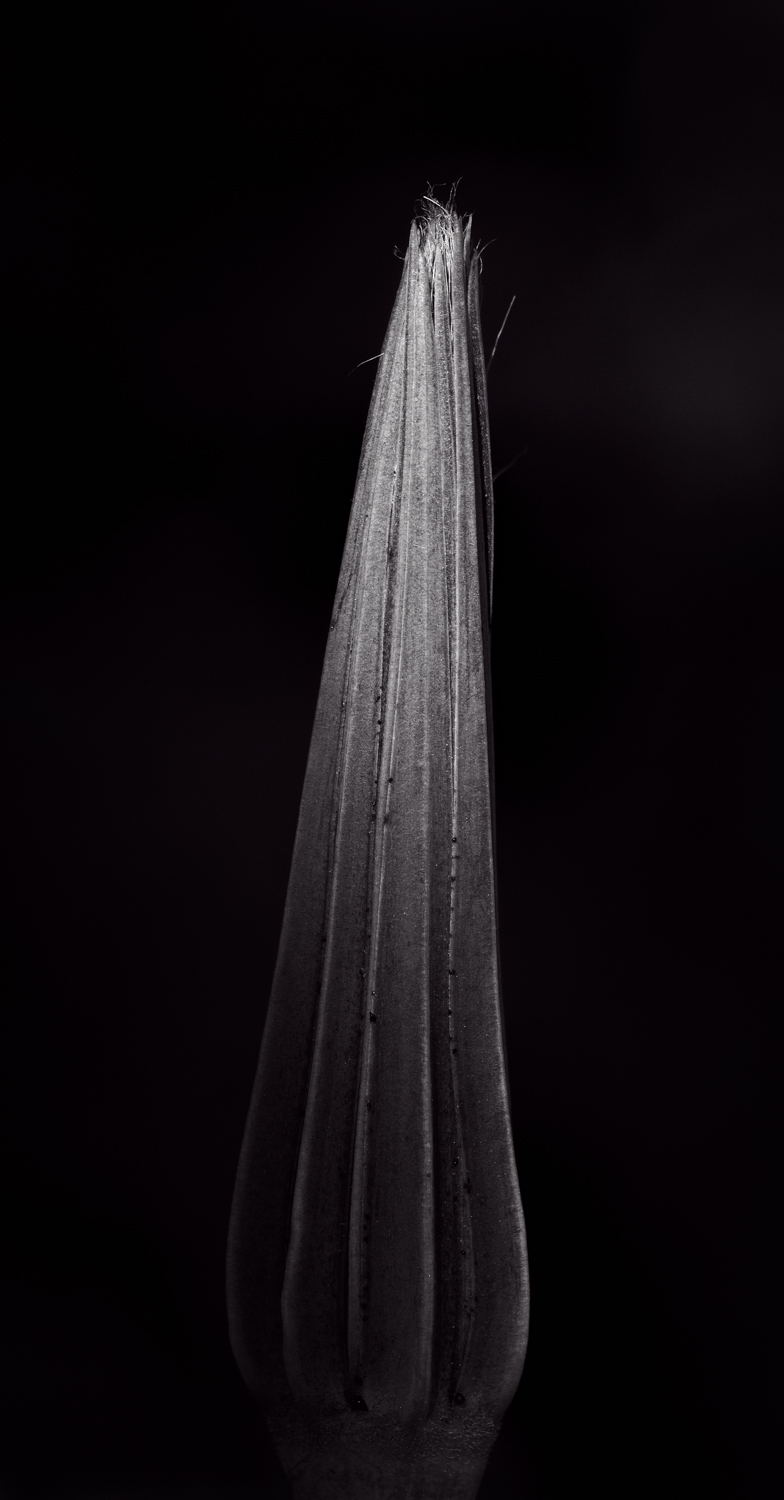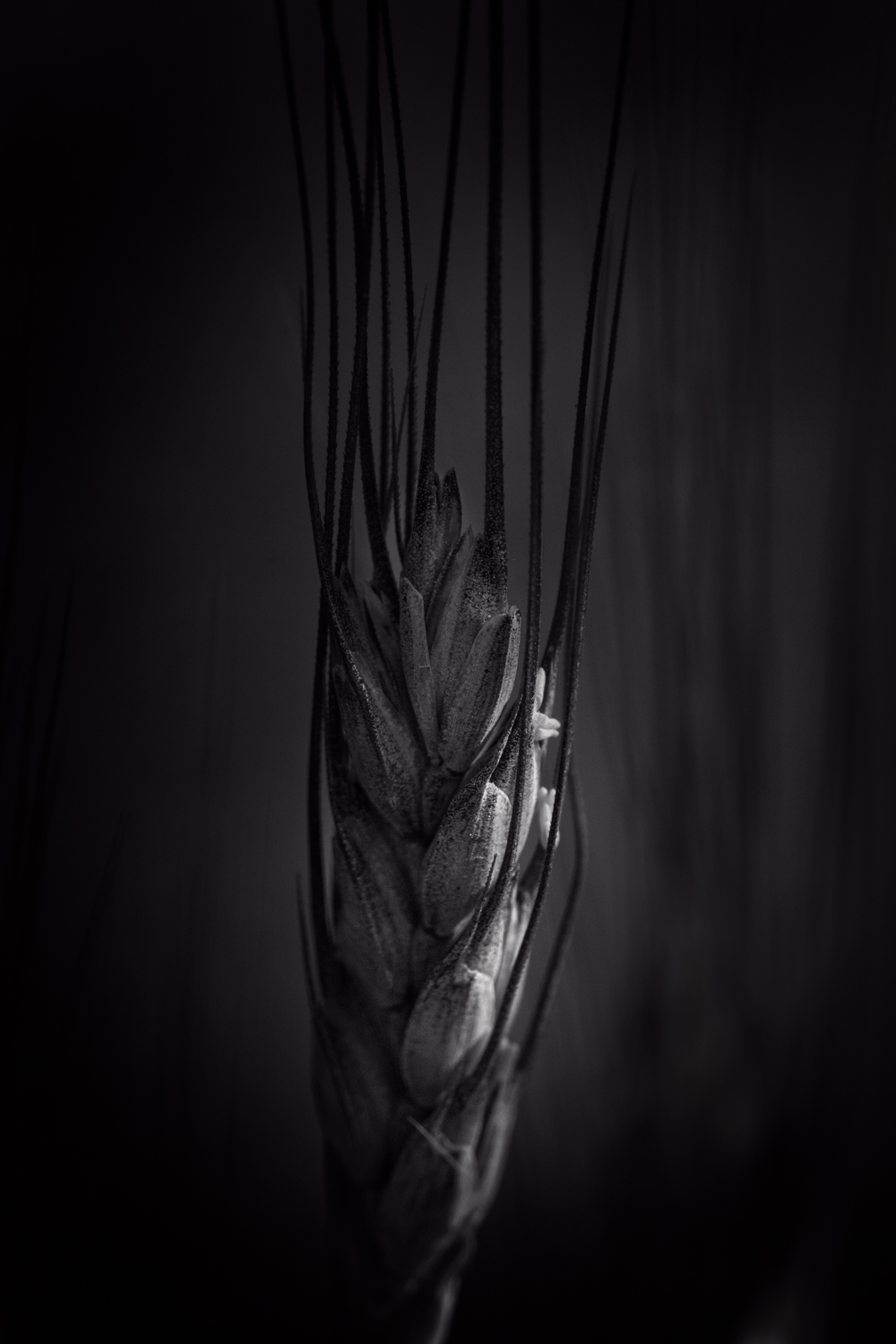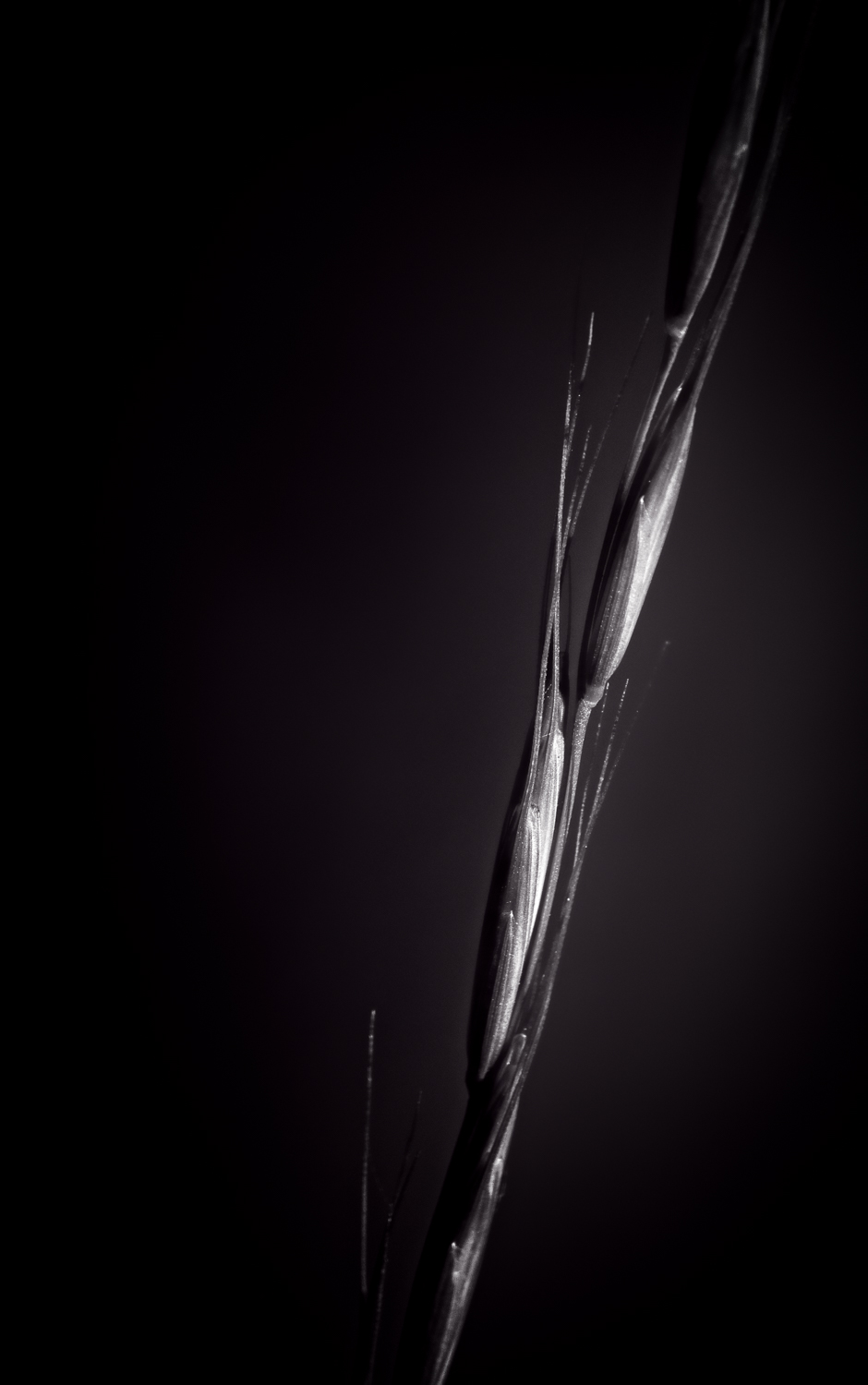North Central Oregon is one of those long place names that makes sense as a string of words but may not be so easy to find on a map. Or maybe too easy to find on several maps. The problem being, that depending on the map, the boundaries may be wildly different. Does North Central Oregon extend as far north as the Columbia River? As far east as Heppner and Boardman? South to Bend or should we draw a line at Madras? Maybe at the Crooked River?
We aren’t geographers; although we love well drawn maps. And Boyd can be down right fussy about them. (“Where is the date, datum, and scale?” he has been heard to complain.) But this isn’t a blog about maps. It is about photography. In this entry it is about the land between three defining rivers: the Columbia, the Deschutes and the John Day. Because we are not geographers we can choose our own boundaries for North Central Oregon. And we can choose to call it a more descriptive name. The Land Between the Rivers.
Hope you enjoy a look at some of the landscapes in this often ignored part of the Great State of Oregon.
You can click on each image to open in a new window.














